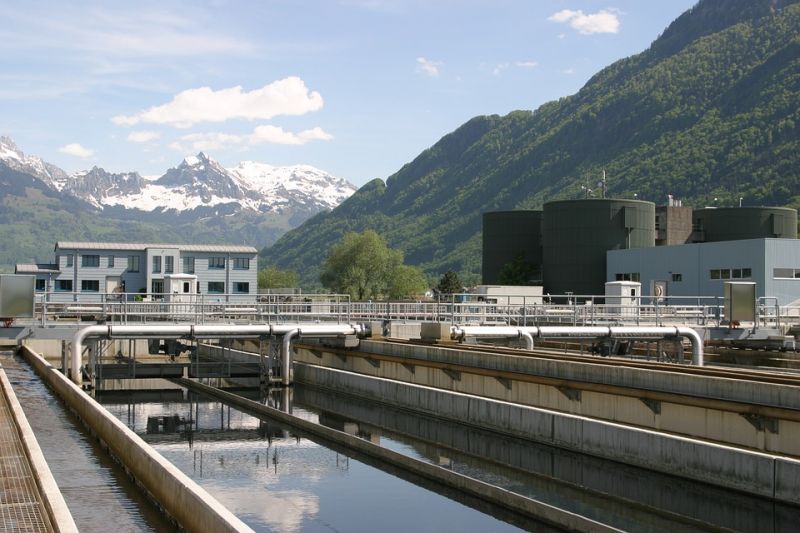Severn Trent imports Brazilian Bugs to Treat Wastewater
Published on by Water Network Research, Official research team of The Water Network in Technology
Severn Trent has recently imported pea-sized bugs from Brazil, as part of a new approach to clean wastewater at its Minworth treatment works near Birmingham.

Representative Image source: Pixabay, labeled for reuse
The Midlands-based water and waste company is the first in the UK to import these Brazilian bugs, reducing the amount of energy needed further down the treatment process.
The bugs naturally strip away unwanted material such as ammonia by converting it to harmless gases – a process known as ‘annamox’, before it can be returned to our rivers.
Introducing Brazilian bacteria to treat wastewater has already seen encouraging results, contributing to a 15% reduction in power usage.
Elliot Hobbs, project manager at Severn Trent, said: “Importing bugs from Brazil to treat our wastewater is a great way to cut costs and improve efficiency. This approach has reduced our operational costs and carbon footprint of our end-to-end sewage treatment process.
“The bugs, known as annomox biomass, will convert ammonia into nitrogen as long as key operating conditions such as temperature and pH are maintained, making it a more efficient process overall.”
More recently, the team has also imported these bugs a little closer to home, from the Netherlands, increasing their capability to process waste in this way.
As the process at Minworth matures and the biomass multiply, there will be the opportunity to export any excess bugs to other anammox plants around the world to support other water companies, as they look to introduce a similar process.
Elliot added: “We’ve been really encouraged with the performance of our bugs from Brazil and the Netherlands so far. Our focus now is to fine-tune the process, making the treatment of wastewater in this way even more efficient. These tweaks will help to drive down operational costs even further, which is great news for bill payers and the environment.”
Media
Taxonomy
- Treatment
- Solid Waste Treatment
- Biological Treatment
- Industrial Wastewater Treatment
- Waste Water Treatments
- Wastewater Treatment
- Energy Efficiency
- Annamox